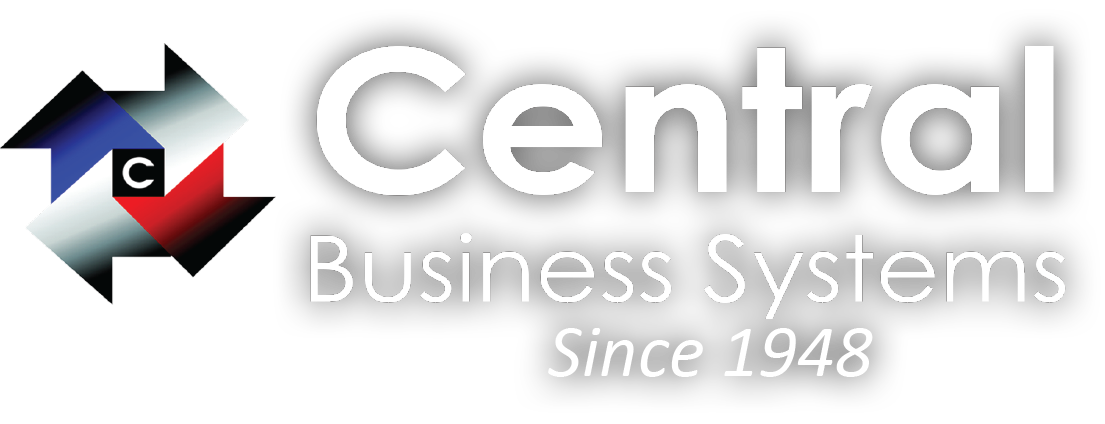
Over the last few years, some of the world’s most well-known brands have fallen prey to massive security breaches. Credit card information and other private data have been stolen from retail companies, financial institutions, and countless smaller organizations. No matter the size of the business, the loss of information was significant, as was the financial loss, not to mention the public humiliation.
Lock It Up, Lock It Down.
The reality is that in today’s day and age, every company is a target—including yours.
Protecting your print environment and IT infrastructure beyond standard measures, such as password protection, can happen relatively quickly. Moreover, you’ll provide both your customers and employees with proof that, yes, security is critical to this organization and we’re not standing pat.
Office security is about safeguarding your document imaging hardware, preventing sensitive documents from being accessed, seen, and used by unauthorized individuals, and controlling access to your devices, information, and network.
This. Is. Serious. Let’s take a look.
What You Don’t Know Can Hurt You
Do you have somebody in-house who’s not only well-versed in security but also champions the cause? Maybe, but keeping up with document imaging technology can be daunting—is your person up to the task?
Only 27% of people claim to be “very knowledgeable” about their company’s hardware and software systems for document printing in the office. –InfoTrends Research
With security, failure to be all-encompassing or even comprehensive enough will leave you susceptible to a breach, and breaches cost money. So, engaging with a reliable and proactive partner becomes key. This third-party organization can help you formulate a holistic strategy around security, patch up current holes and, most importantly, find future vulnerabilities before they’re attacked.
Similarly, like PCs, notebooks, and mobile devices are on the network, printers, and copiers can pose an enormous risk if not put through the same rigors. Hackers are continuously looking for any opening on the network, and the weakest link—no matter if it’s big or small—can be exploited to infiltrate the data stored on these devices, get into other critical areas of the network or take down the entire system.
Baby Steps to Better Security
A copier-based MFP typically offers many standard security features, with the hard drive usually being front and center during security discussions. Most hard drives today have some type of encryption, which uses mathematical functions to prevent people from accessing stored data while overwriting—sometimes more than even a few times—leaves no trace of the data. Also, you can create rules that automatically erase documents that have been saved on hard drives or in memory on an hourly, daily, or weekly basis.
Network monitoring to and from these devices is equally as critical, so hackers can’t access information on these devices while preventing them from attacking the rest of the network through them, too.
Although many printers and MFPs may have these security capabilities, you should always check to see if they’re turned on and are being monitored and governed by yourselves or your provider. In many cases, features are turned off unless requested, due to liability reasons. The bottom line is that you should make certain that your company understands the complete set of security measures that a provider has to secure your hardware.
Calling All Candidates!
So, are you doing enough with security? Here are several questions to get you thinking about the subject in terms of your company:
- How many security features do you take advantage of on your printers and MFPs?
- Have you ever seen a sensitive document sitting in an output tray for all to see?
- What authentication methods has your organization implemented?
- Can any employee access any file on your network?
- Is anything beyond standard IT security measures in place?
3 Takeaways
- A holistic approach to security provides the end-to-end protection your business needs
- If nobody in your organization truly gets security, a consultant does—and can be a major benefit
- Along with native features on printers and MFPs, software tools can help you be more secure
